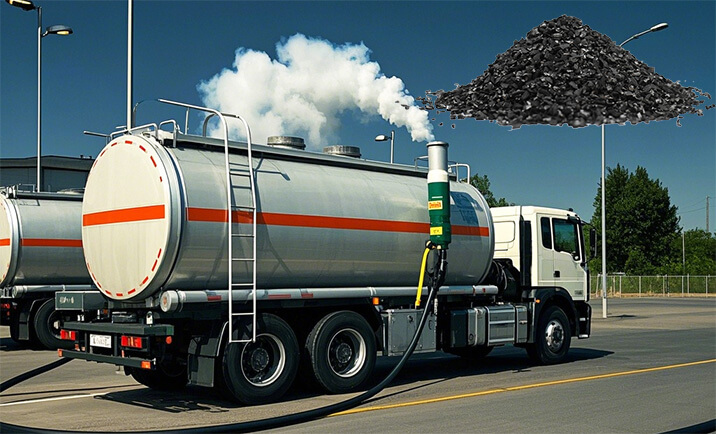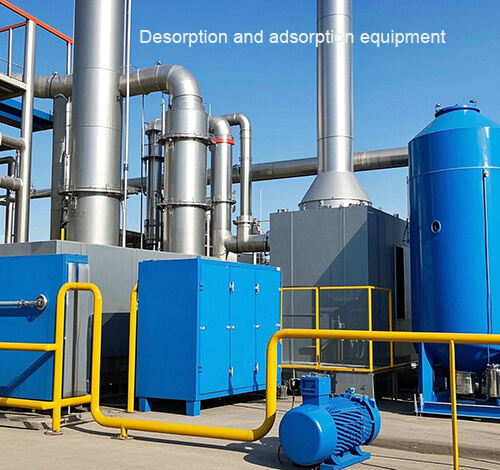This article will focus on how activated carbons adsorpt to recover these valuable oil and gas resources.

Why do we need to recover oil and gas?
During the process of filling oil in a tanker, there will be a space with a relatively high concentration of volatile component vapor above the liquid surface. When the space occupied by these vapors is filled with oil and gas, the oil vapor will enter the air. When the mixed gas of oil vapor and air reaches a certain concentration, combustion or explosion may occur. At the same time, the evaporation of oil products will also cause the decline of oil quality and the reduction of oil quantity.From an environmental protection perspective, a large amount of oil vapor directly discharged into the air not only pollutes the environment but also affects human health. According to research, aromatic hydrocarbons such as benzene in oil and gas have a certain carcinogenic effect. The oil and gas recovery system is a complete set of equipment used to treat hydrocarbon vapor.
At present, the most common way of oil and gas recovery is activated carbon adsorption.
How is activated carbon used for oil adsorption?
Adsorption principle
Activated carbon contains a large number of internal pore structures. Its internal free surface area per gram weight is as high as 2000m2, so activated carbon is an excellent adsorbent. In addition to internal factors, the adsorption capacity of activated carbon is also affected by the following external factors:1) The higher the pressure, the stronger the adsorption.
2) The lower the temperature, the stronger the adsorption.
3) The higher the concentration of the adsorbed component, the stronger the adsorption.

Desorption process
The desorption process is the reversal of the adsorption process. The adsorbed materials are released again, and the concentration of the released gas is higher than the original mixed gas. The conditions that promote desorption are:1) Increase the temperature (thermal regeneration);
2) Vacuum to reduce the pressure (pressure swing desorption);
Process flow
When the tanker starts to load oil, the oil and gas generated at the tank mouth enters the activated carbon bed through the electric valve for adsorption. After reaching the preset adsorption amount, start the gasoline circulation pump and ethylene glycol system, and open the shut-off valve and vacuum pump at the same time.When the vacuum degree reaches the requirement, the control system starts the regeneration process of the activated carbon bed and introduces clean air in the later stage of regeneration to further desorb hydrocarbons. The oil and gas sucked out by the vacuum pump are mixed with ethylene glycol and enter the cyclone separator for separation. Ethylene glycol is recycled, hydrocarbon vapor is absorbed by the absorption tower and sent back to the storage tank, and a small amount of unabsorbed oil and gas returns to the activated carbon bed for adsorption.
.jpg)
Conclusion
With activated carbon recovery solution, oil and gas pollution to the environment has been significantly reduced. The reduction in oil and gas emission concentration has increased the safety factor of the oil depot and reduced the risk of fire. In addition, the recovered oil products can reach hundreds of thousands of liters per year, bringing considerable economic benefits.If you are looking for a reliable activated carbon supplier to improve oil and gas recovery efficiency, Zhulin Carbon can provide high-quality activated carbon products to meet your various needs. Contact us to learn more about the application and product information of activated carbon!

